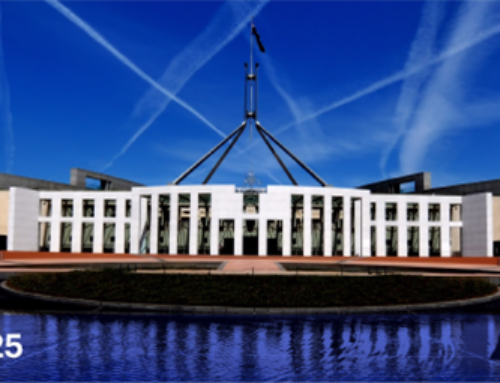2018 was a year characterised by high volatility and ultimately poor returns in markets across the board. After a strong start in early January 2018, volatility returned with a vengeance in February and October, with US markets experiencing their biggest fall since 2016. Markets remained somewhat volatile throughout the remainder of the year, causing majority of super funds to experience some of their lowest annual returns since the GFC. Below, we look at some of the key factors that impacted both global and local markets during 2018.
Australian Market
Australian markets were impacted by tightening credit standards, the financial services Royal Commission, falling house prices and political uncertainty.
Global Markets
US-China Trade War
As part of President Trump’s election policy platform, he promised to lower the US’ trade deficit by realigning several of its trade arrangements. 2018 saw him start to deliver on this promise in earnest, starting with renegotiating the terms several existing trade agreements. This developed into trade war between the US and China in which both nations imposed increasingly strict reciprocal tarrifs on each other. As the year dragged on, investors became increasingly concerned that this would develop into a protracted trade “Cold War”. This has also impacted the Australian share market as China is one of our major trading partners.
US Interest Rate Increases
The US Federal Reserve (FED) increased their target interest rates 3 times in 2017 and a further 4 times during 2018. Throughout the course of the year, investors became increasingly concerned that these hikes would conspire with other geopolitical issues to crimp growth and company profits in the US. The FED rate is now 2.25-2.50%.
Failing Brexit negotiations
Markets were further impacted by the ongoing failure of negotiations between the UK and Europe. There is now real concern that a deal will not be able to be reached by the time the UK is scheduled to leave the European Union in March this year.
Outlook for 2019
The recent equity market corrections, while contributing to short term poor returns, have helped previously high valuations return to a more reasonable level. This should help the provide attractive investment opportunities to investors both in Australia and overseas. We therefore expect 2019 to eventually provide better overall returns than 2018. We also expect volatility to remain high throughout the year so it may be somewhat of a bumpy journey, particularly in the first half due to the factors noted above.
Things to look out for
- Trade War: Although escalations seem to be on hold for now, this may flare up again throughout the year.
- US Interest Rates: Most economists are predicting that the FED will slow the pace of interest rate increases this year which may help support US shares.
- Brexit: UK exiting the EU without a finalised deal is likely to cause some volatility in European markets.
- Falling Australian house prices: This is expected to continue during 2019 as the banks continue to restrict the amount they are lending, particularly to overseas buyers and investors.
- Australian Elections: In the run-up to the NSW State and Federal elections respectively, policy announcements that could impact business and consumer confidence.
Don’t panic – volatility is normal
Sharemarket volatility and the associated short-term spikes and falls in markets can be unsettling, but rest assured, they are normal. In a perfect world, it would be lovely to be able to predict the top and bottom of the market and invest accordingly, however, consistently timing markets is virtually impossible and attempting to do so invariably leads to inferior long term performance.
Conversely, there is strong evidence to confirm that investing for the long-term is likely to result in strong positive returns – hence our advice to stay calm and remain invested while others are panicking.





